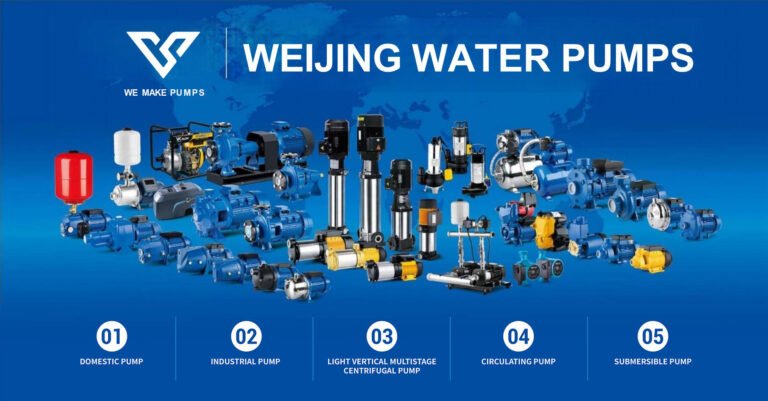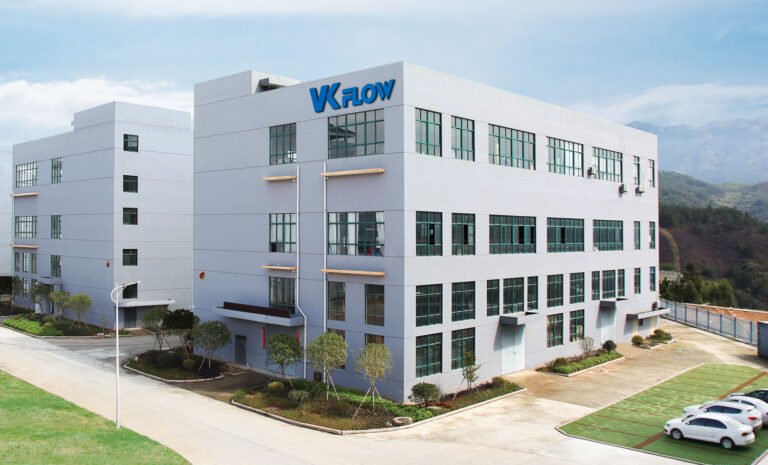FAQ: How a Water Pump Works: Step by Step
How a Water Pump Works: Step by Step
How does a water pump works? Water pumps, the heartbeat of our infrastructure, might seem mundane. Yet, they represent centuries of engineering evolution and brilliance. They quench our thirst, irrigate our crops, and keep industries alive. While they’ve become almost invisible due to their ubiquity, their complexity and importance cannot be overstated. Let’s take a deeper dive into these marvels and unearth their secrets.
Evolution of Water Pumps Ancient civilizations
From Mesopotamia’s to the Romans, developed early versions of water pumps. Simple manual methods, often utilizing human or animal power, evolved over centuries. The Industrial Revolution provided a significant boost, leading to mechanically driven pumps. And now, in our digital age, we have smart pumps that move water and communicate, optimizing performance in real-time.
Core Concepts Understanding Fluid Dynamics Fluid dynamics might sound complex, but its basics are straightforward.
In the world of pumps, it’s all about making water move from one place to another. To achieve this, pumps create a pressure difference. It’s akin to how we drink using a straw — we reduce the pressure in our mouths, and the atmospheric pressure pushes the drink up.
The Heart of the Pump for the Water Pump Works
– The Impeller With its curved blades, the impeller is akin to the heart of a pump, setting the rhythm and pace. Its design ensures water is sucked in and pushed out with force as it rotates. This continuous action gives us that steady stream whenever we open a tap.
How a Water Pump Functions:
A Step-by-Step Breakdown If you want to know how a water pump works, this article is for you. So, let’s get started.
Priming

the Pump (for some pump types):
Before a pump can operate, it needs to be filled with water. This process is called priming. Priming eliminates air and ensures a continuous water flow. It’s essential because pumps are designed to handle water, not air. Air can cause cavitation, leading to damage.
Motor Activation Once primed:
The pump’s motor starts up, initiating the pumping process. The motor provides the necessary rotational energy to the impeller, the main component responsible for moving water.
Impeller Rotation As the motor activates:
It causes the impeller inside the pump to rotate. With its curved blades, the impeller uses centrifugal force to push water out and create a low-pressure area, which draws more water in.
Suction Phase The rotating impeller creates a vacuum, or an area of low pressure, at the pump’s inlet (suction side).
This low-pressure area pulls water into the pump, initiating the water movement process.
Discharge Phase After water is drawn into the pump, the spinning impeller pushes it out forcefully through its outlet (discharge side).
This forceful water ejection creates flow and allows water to move through pipes or hoses to its intended destination.
Regulating the Flow Many pumps come equipped with valves or adjustable speed drives.
These components allow users to control the volume and speed of water discharge, tailoring the pump’s performance to specific needs.
Continuous Operation
As long as the pump remains powered on and there’s no obstruction, the cycle of suction and discharge continues, providing a continuous flow of water. The continual operation ensures a steady water supply for irrigating fields, supplying a community with drinking water, or any other application.
Safety Measures Modern pumps often have safety features like pressure cutoff switches or thermal overload protection.
These features protect the pump from potential damage due to abnormal operating conditions, like running dry (without water) or overheating.
Shutting Down When water delivery is no longer needed, the pump can be powered off, halting the water flow.
Turning off the pump when not in use saves energy, reduces wear and tear, and prolongs the pump’s lifespan.
Following these steps, a water pump efficiently and effectively moves water from one location to another, whether drawing from a well to supply a home, aiding in agricultural irrigation, or supporting large-scale industrial processes.
Household water pumping solutions are crucial for ensuring access to clean water worldwide. From solar-powered pumps to hand pumps, submersible pumps, and rainwater harvesting systems, there are various options available to suit different geographical locations and resource availability.
By adopting these innovative and sustainable solutions, communities can improve their water accessibility, promote self-sufficiency, and contribute to a greener future.
Please Meet Us We provide not only water pumps, but solutions for the users.

Our range of products includes:
- Peripheral pumps
- Centrifugal pumps
- JET self-priming pumps
- Self-suction pumps
About us: the SERVICES:
- Customized design according to samples, drawings, and performance requirements.
- With over 20 years of skilled experience, we offer OEM exporting services tailored to your needs.







